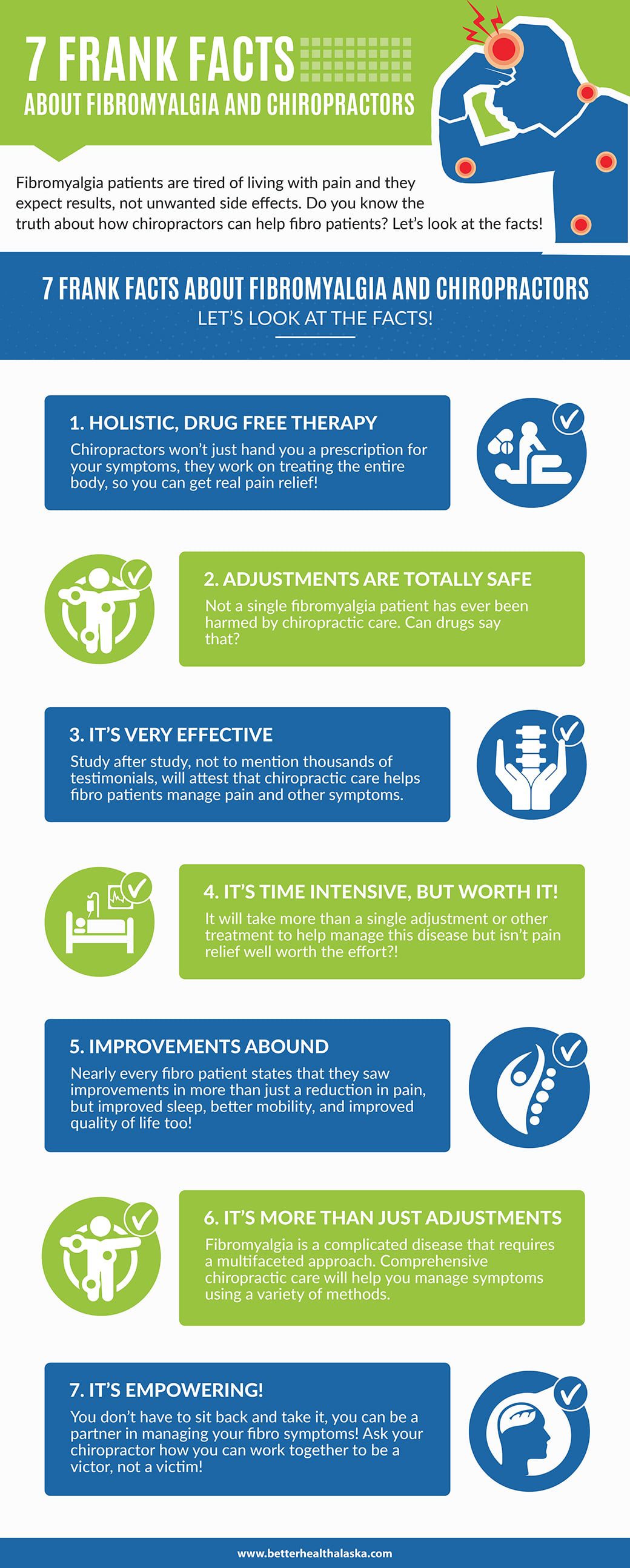Methods For Creating An Ergonomic Work Space To Prevent Neck Pain: A Step-By-Step User's Manual
Methods For Creating An Ergonomic Work Space To Prevent Neck Pain: A Step-By-Step User's Manual
Blog Article
Short Article Created By-Vestergaard Hopkins
To prevent neck pain at your workstation, ensuring your setup is ergonomically audio is vital. Picture a workspace where each component is tailored to support your body's placement and decrease strain. By complying with a couple of basic steps, you can transform your desk location right into a place of convenience and performance. However just how precisely can you achieve this unified balance in between job and health? Allow's discover the vital suggestions to develop an ergonomic workspace that will certainly maintain neck pain away.
Assess Your Present Configuration
Wondering if your current work area is adding to your neck pain? Take a moment to review your configuration. Start by considering your computer display. Is it at eye level, or do you find yourself regularly looking up or down? Change the display to ensure that your gaze is naturally according to the top of the display.
Next, consider your chair. Are you slumping over or stooping over while you function? Your chair ought to sustain your reduced back and advertise excellent pose. Change the elevation to make sure that your feet are flat on the floor and your knees go to a 90-degree angle.
Take notice of the placement of your keyboard and mouse. Are they within easy reach, or are you constantly reaching and stressing your arms and shoulders? Maintain these devices near to your body to lessen unneeded activities.
Lastly, think about your illumination. Is it as well intense or as well dark? Proper lights can minimize eye pressure and reduce tension in your neck. Make these small changes to create an extra ergonomic workspace and help relieve your neck pain.
Readjust Your Chair and Desk
To create an extra ergonomic office and lower neck pain, ensuring correct adjustment of your chair and workdesk is important. Start by readjusting your chair to make sure that your feet remainder level on the floor, knees go to a 90-degree angle, and your lower back is sustained by the chair's back assistance. Your workdesk should go to arm joint height to maintain proper arm position and lower pressure on your neck and shoulders. See to it there suffices area under the desk for your legs to relocate pleasantly.
When adjusting https://docs.google.com/spreadsheets/d/1_-1l0LA8S9OR6vPXsIjqQ4f5-xUFHzbgMZ84R_Ybk2g/edit?usp=drive_link , ensure your wrists stay straight while keying and utilizing the mouse. Your monitor needs to go to eye degree, concerning an arm's length away, to stop you from straining your neck by looking down or up. Keep your keyboard and mouse near to prevent overreaching, which can create shoulder and neck discomfort.
Bear in mind to take breaks and stretch periodically to avoid rigidity and promote flow. By appropriately adjusting your chair and desk, you can develop a work space that supports good stance and minimizes the threat of neck pain.
Placement Your Monitor and Key-board
For optimum ergonomics and to ease neck stress, correct positioning of your monitor and keyboard is important in your work space setup. Begin by placing your monitor straight before you at arm's size away, ensuring the top of the screen goes to or somewhat below eye level. This helps in reducing strain on your neck by maintaining it in a neutral setting.
Setting the key-board so that your joints are curved at a 90-degree angle and your wrists are straight while keying. Your keyboard must be placed at a height that allows your shoulders to stay kicked back and your arms to be alongside the floor. Furthermore, make certain the computer mouse is placed next to your keyboard at the same level to stay clear of reaching or turning.
Bear in mind to take short breaks to stretch and readjust your stance throughout the day, maintaining great alignment and stopping neck discomfort. A well-organized work area with effectively placed screen and keyboard can substantially affect your convenience and productivity.
Final thought
Finally, by following these straightforward steps to develop an ergonomic office, you can significantly lower neck discomfort and discomfort. back pain when lying down in mind to analyze your existing configuration, change your chair and workdesk, and position your monitor and keyboard effectively. By taking these proactive actions, you can improve your overall comfort and productivity while working.
